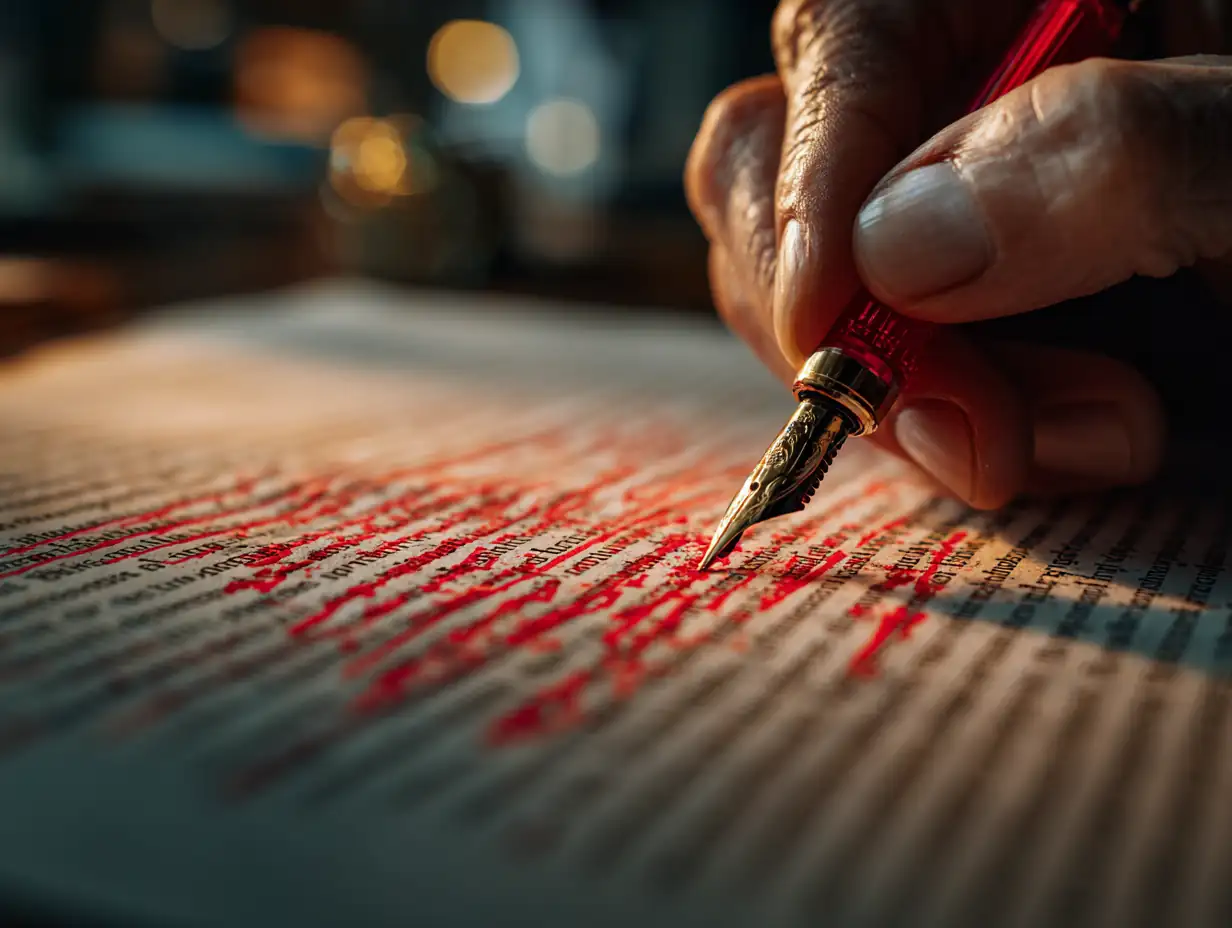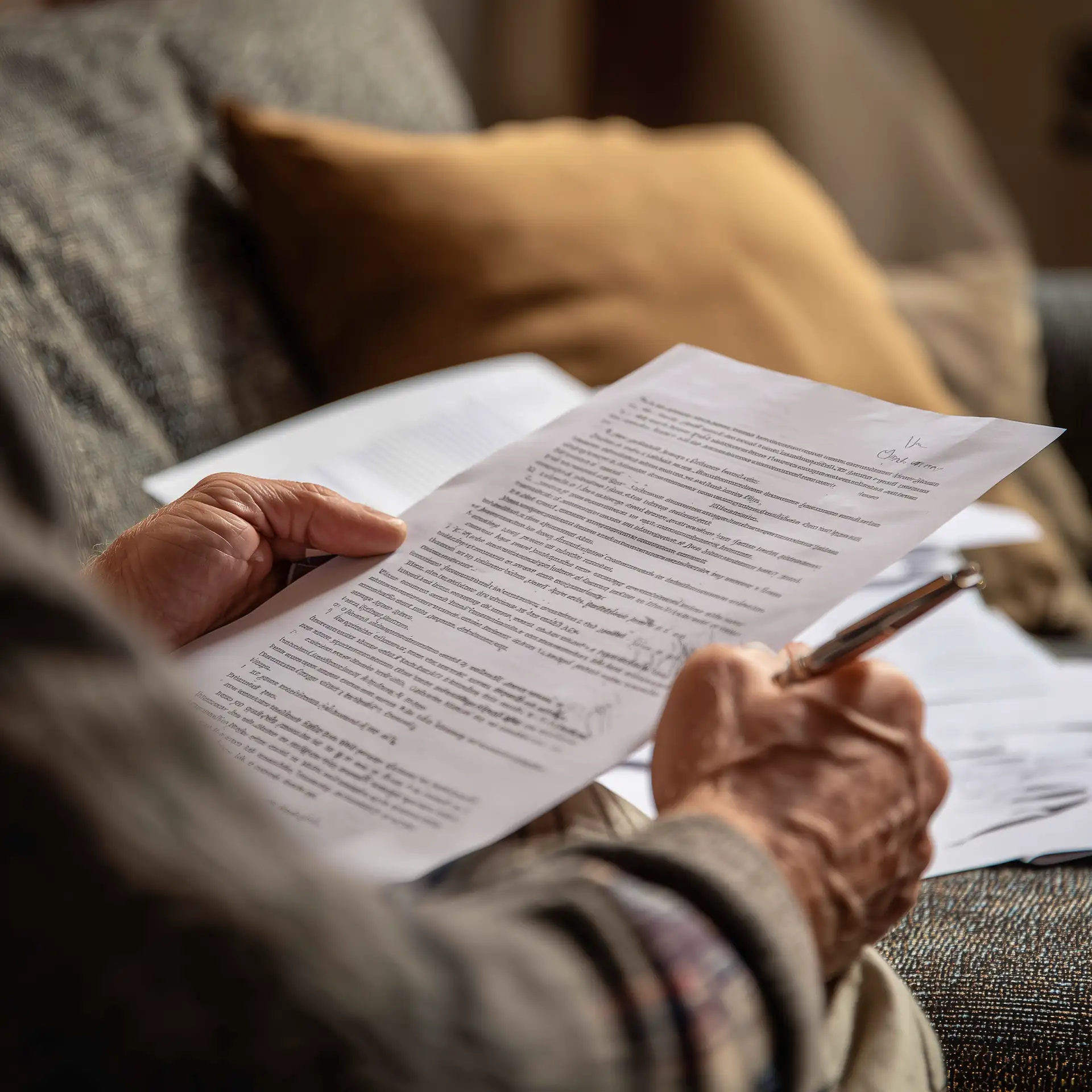Dissertation Editing
Not all editing is the same. There are many objectives when it comes to editing. Determining what type of editing is needed is essential to accomplishing these objectives. Once you have determined the type of editing that you need, you can focus the scope of your editing to make an effective use of your time.
Developmental Editing
Also known as structural editing aka the "Blueprint Stage"
This level of editing often requires you to going back to some of the fundamentals of the Dissertation. When this is required then it usually indicates some signficant errors. This is where contacting a Dissertation Strategist to gain a second pair of eyes can be very helpful.
The fundamentals or “bones” of your dissertation — argument, structure, and logic may all need to be reexamined. Indeed - this is often closer to rewriting the full paper. Here are some of the things that may need attention.
- Ensuring the chapter flow makes sense and supports the main research question.
- Checking whether your argument builds logically, without missing steps or containing unneeded tangents.
- May involve reordering chapters, rewriting introductions/conclusions, or clarifying aims and hypotheses.
- Identifying research gaps or sections that need more evidence.
When you’d need this:
If your advisor says the work feels “disjointed” or “lacking focus,” or you wrote sections at different times and now they feel like separate mini-projects. This is also very often the result of a paper that has far too much AI influence.
This is where contacting a Strategist to look over the feedback you have received can be key in moving you forward in a way that works. Often after receieving signficant feedback the student will feel overwhelmed not knowing where to start back up. Do you start at the beginning? Or do you select a key portion to concentrate on? Talking to someone who has dealt with 100s of problematic dissertation situations can be incredibly helpful.
At the very least make sure you have a specific goal in mind when starting the editing process. Without having a defined goal for the editing - the editor will find the lack direction leads to a far less effective edit.
Substantive Editing
Line Editing aka Editing for Clarity
How well each sentence and paragraph communicates your ideas. This is just basic polishing of writing. This is often needed by people who are not very practiced in writing.
Things that be improved by this type of edit.
- Improve flow, transitions, and readability.
- Adjust sentence rhythm and eliminates redundancy.
- Ensure a consistent tone and academic voice throughout.
- Replaces vague language with precise, discipline-appropriate terminology.
Other times you might need this:
If your meaning gets lost in overly complex sentences, or feedback notes that your prose is “dense” or “unclear.”

Copy Editing
Technical correctness and style guide compliance.
- Fixes grammar, spelling, punctuation, and syntax.
- Enforces your chosen style guide (APA, Chicago, MLA, etc.).
- Standardizes headings, lists, abbreviations, and hyphenation.
- Polishes awkward phrasing without altering your meaning.
When you’d need this:
Once your structure and content are solid, but small mistakes still distract the reader. Many schools actually encourage hiring an outside editor for this sort of work - especially when most of the errors are due to an incorrect following of your selected style. (APA, Chicago, MLA, etc)
Formatting and Compliance Editing

Meeting all institutional submission rules.
- Sets correct margins, fonts, line spacing, and pagination.
- Properly formats tables, figures, equations, and captions.
- Makes sure title page, abstract, and appendices meet university templates.
- Applies consistent numbering for headings, tables, and figures.
When you’d need this:
If your university is strict (and many are) — noncompliance can mean rejection before review.
Citation and Reference Editing
Accuracy and consistency in referencing.
- Verifies every in-text citation matches an entry in the bibliography.
- Checks for correct order, punctuation, and formatting.
- Ensures DOIs/URLs are working and current.
- Flags missing attributions or incorrect dates.
When you’d need this:
If you’ve merged multiple drafts or reference lists and aren’t sure everything matches perfectly.
Proofreading
This is the final polish right before submission. This is what most people think of when they hear "editing a paper." This type of editing focuses on surface-level errors in the final draft. Proofreading is best done after the document has “rested” for a few days so errors are easier to spot. Some example surface-level issues addressed by proofreading include:
- Lingering typos, extra spaces, and other small inconsistencies.
- Layout glitches (widows, orphans, misaligned captions).
- Errors in page numbers, margins, indents, and font.
When you’d need this:
Always — this is your last safety net before the examiner or committee sees it.

Technical or Subject-Matter Editing

This type of editing is used for accuracy and clarity in technical content. This may be one of the most difficult types of editing, as it requires an in-depth understanding of the domain of the Dissertation. During technical or subject-matter editing, the editor:
- Reviews equations, statistical results, or code for correctness.
- Checks that domain-specific jargon is used appropriately.
- Ensures methods are reproducible.
When you’d need this:
If your field is quantitative, lab-based, or highly technical — like engineering, medicine, or computer science.
Language Polishing
Editing for native flow
This form of editing is for helping non-native English writers sound natural yet academic. Sometimes known as ESL editing. Some things that ESL editing focuses on are:
- Correcting idiomatic usage and word choice.
- Improving sentence structure for clarity.
- Retaining your original meaning while making it smooth for an academic reader.
When you’d need this:
If English isn’t your first language, or you’ve translated sections from another language.
Visuals & Data Presentation Editing
The purpose of visuals and data presentation editing is to make data and graphics reader-friendly. Some tasks associated with this type of editing are:
- Standardizing table/figure styles and labeling.
- Ensuring all visuals are referenced and explained in text.
- Improving clarity without altering the underlying data.
When you’d need this:
If visuals look inconsistent, pixelated, or unclear, or if figure/table captions vary in style.

As you can see there are many types of editing, each having their own specific objectives. Factors, such as your writing level, degree program, and familiarity with the English language, dictate the type of editing you will need. Narrowing down your editing goals will help you determine what type of editing you need and avoid wasting time on scanning content for mistakes without clear direction.
Call Dissertation Strategies if you are unsure about your editing needs. We can provide direction on your specific concerns. Hiring an outside editor is often recommended by universities, and we have your back when you are ready to take this step in the dissertation process.

